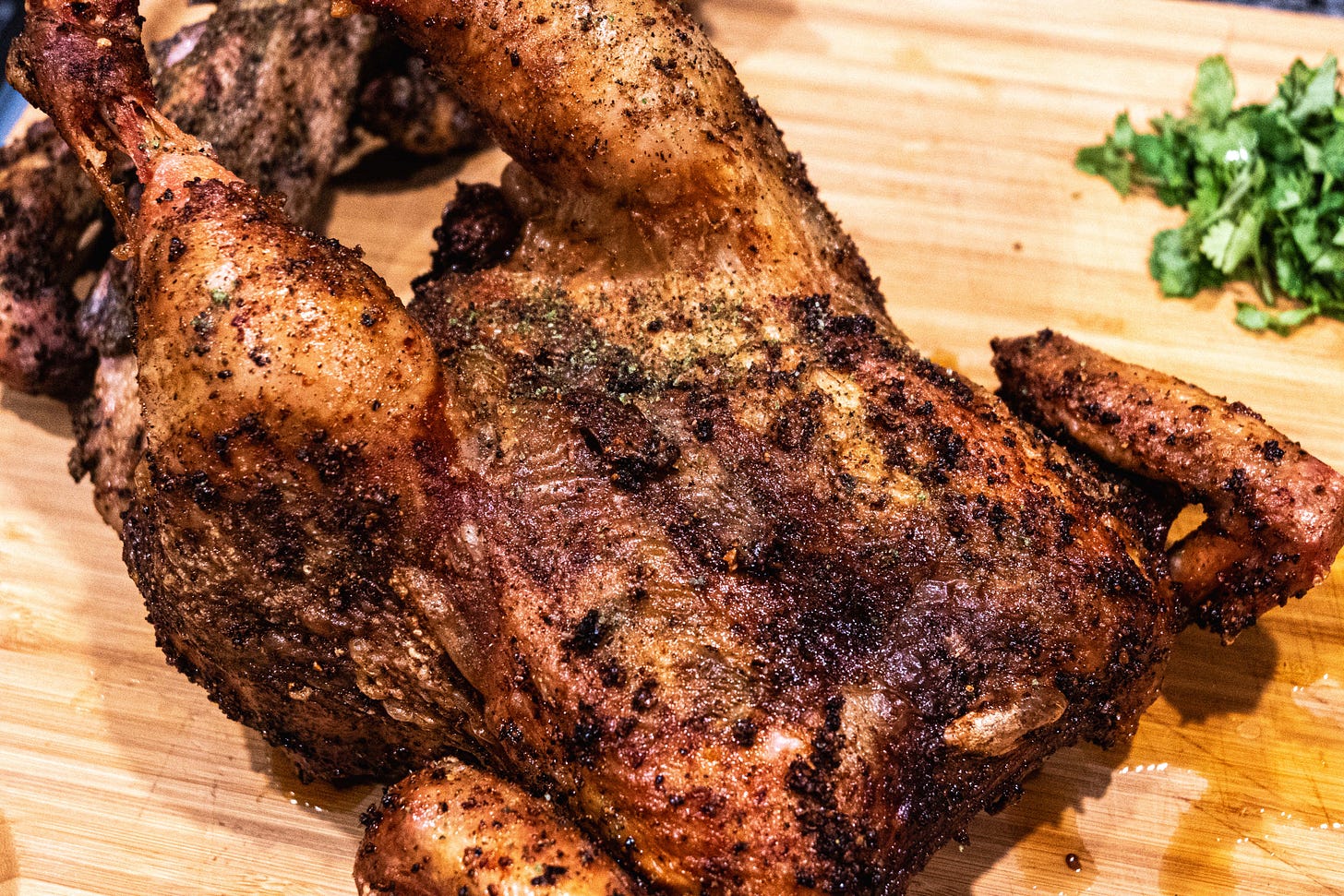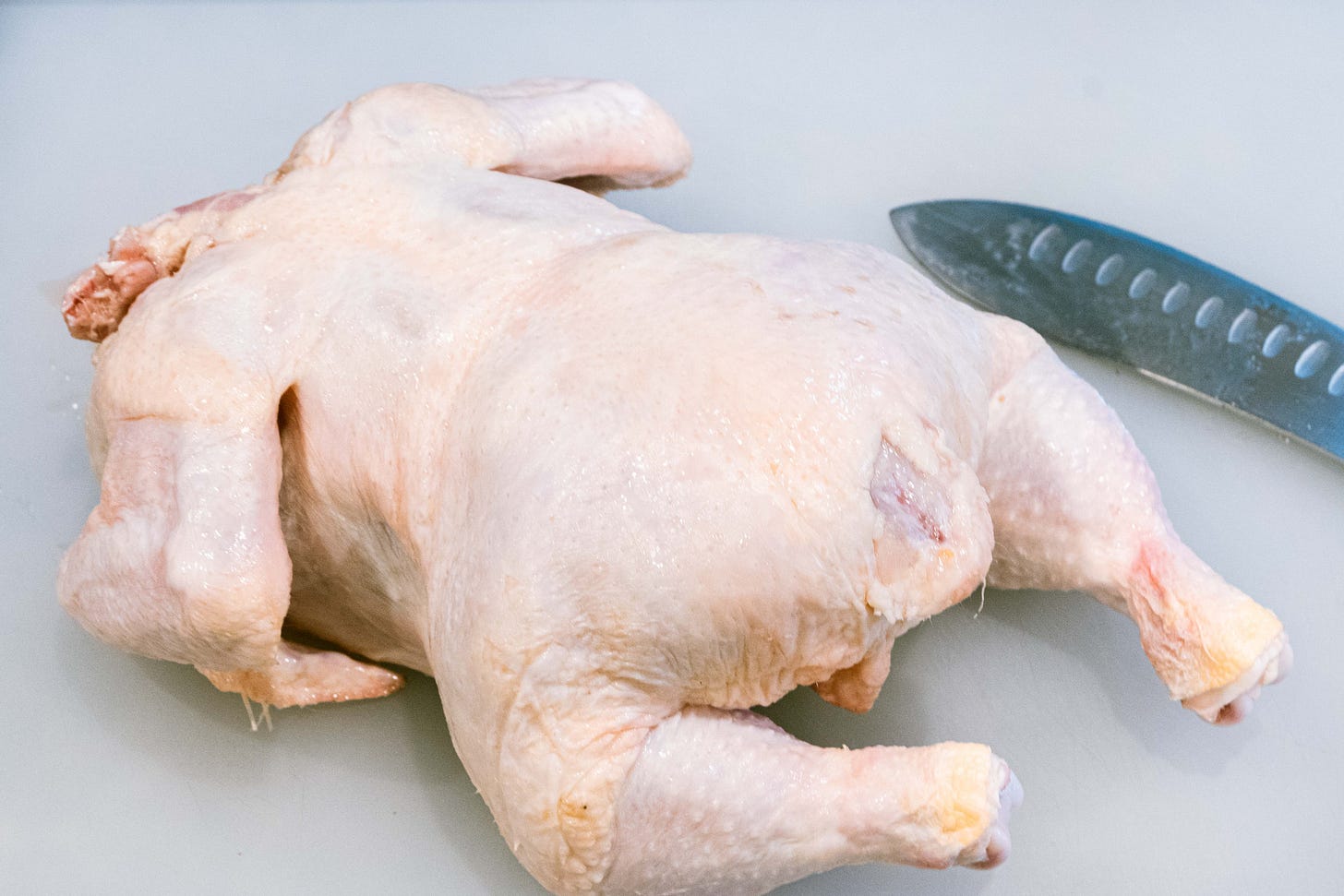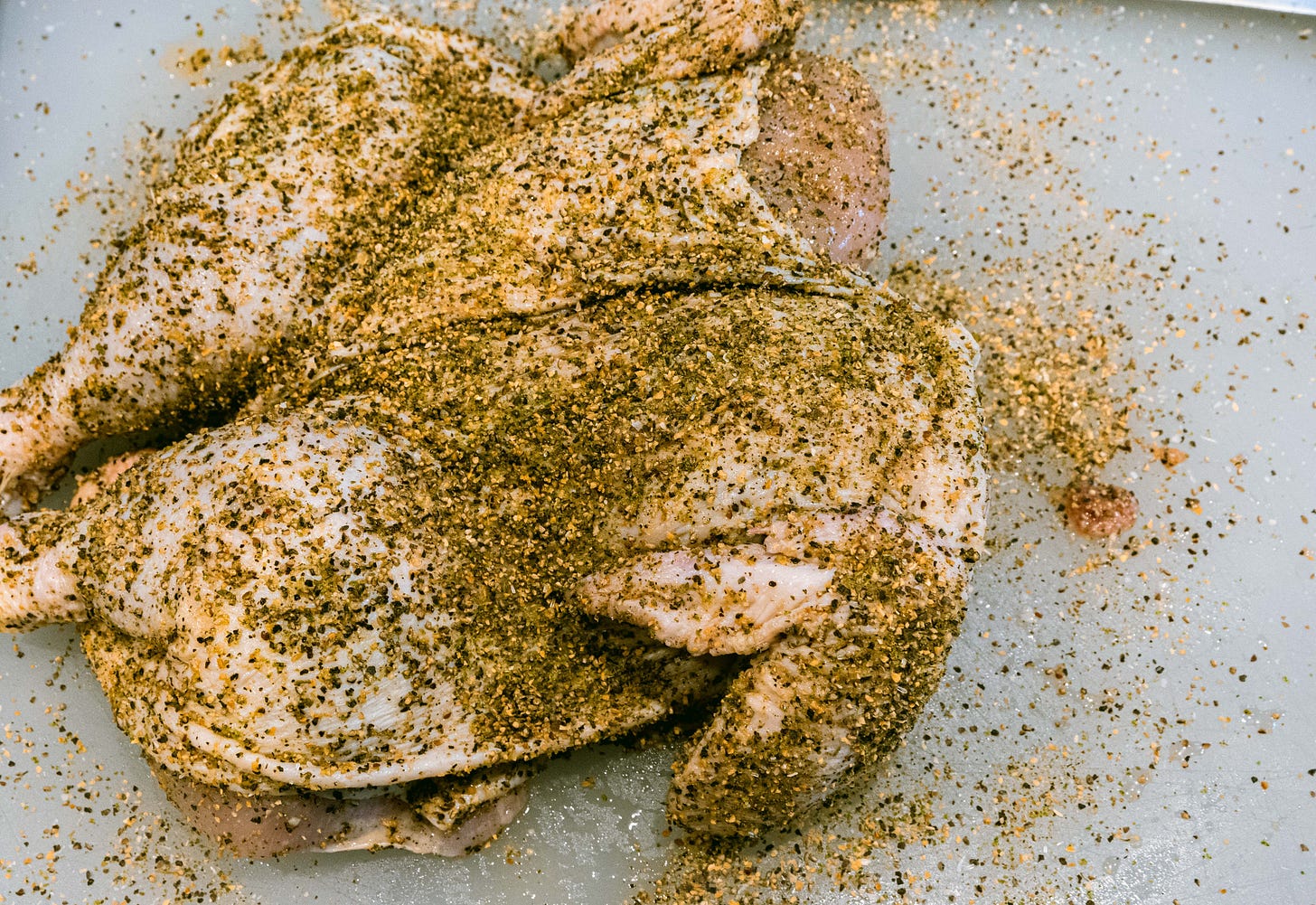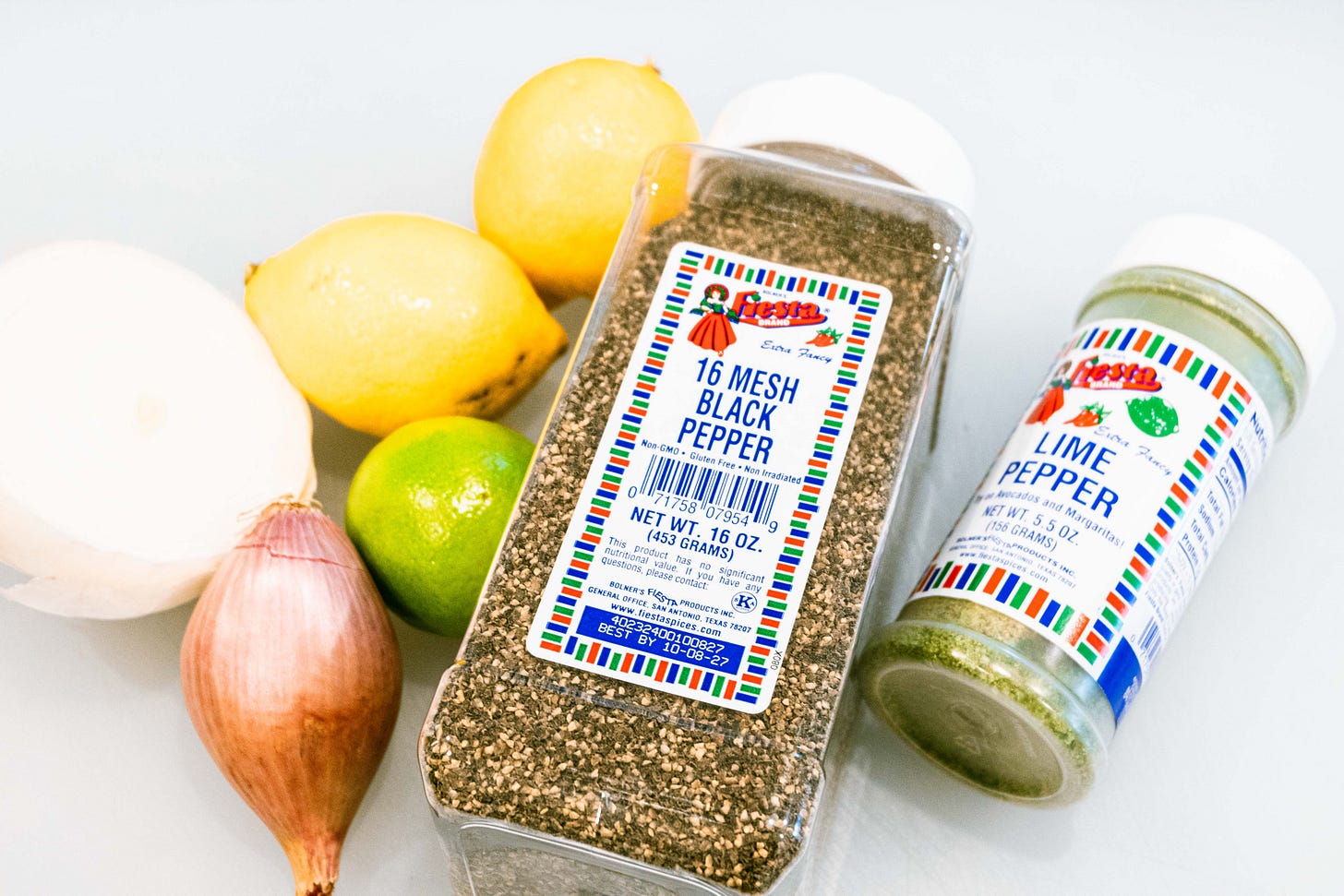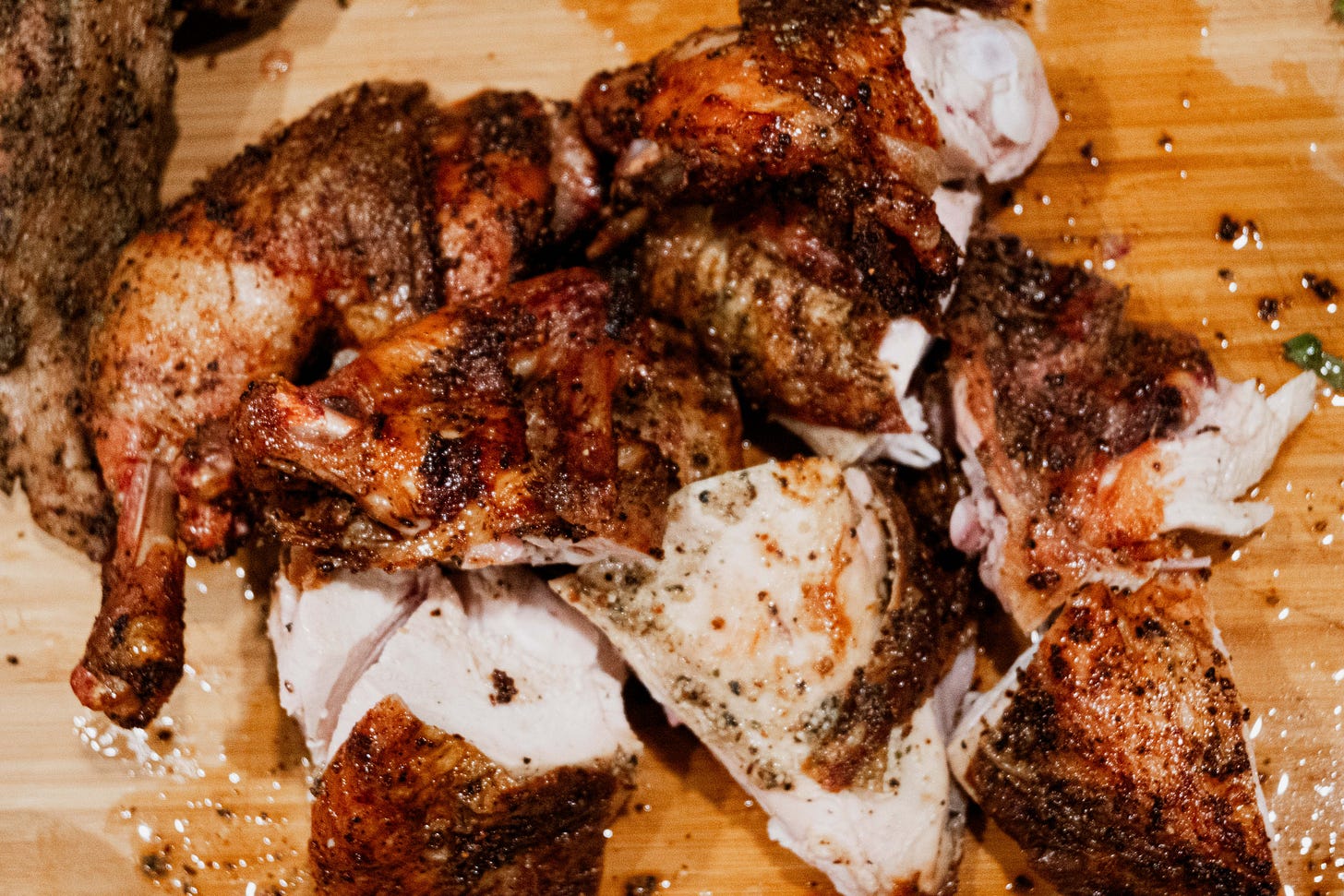Where to Begin: The Best Cut of Meat for a BBQ Beginner
If I were stepping into the barbecue world today for the very first time, I’d begin with a whole chicken.
Barbecue can feel like a big, smoky mountain to climb when you’re first starting out. With so many cuts, cookers, and opinions flying around, it’s natural to wonder: What meat should I start with? The answer isn’t flashy or expensive. In fact, it’s as humble and reliable as it gets: start with what you can afford, and what you can find — consistently. That principle doesn’t just apply to your meat selection, but also your equipment, fuel, and even wood types.
If I were stepping into the barbecue world today for the very first time, I’d begin with a whole chicken. Here’s why.
A whole bird is one of the best entry points into barbecue because it teaches you several essential skills right off the bat — starting with basic butchery. When you break down a whole chicken into leg quarters, wings, and breasts, you're getting hands-on with your knife, learning how to find joints and work with precision. You’re not just cooking anymore — you’re learning.
Then there's the lesson in balance. Chicken presents a unique challenge in that it contains both white and dark meat, each with different cooking needs. Breaking it down or spatchcocking it — removing the backbone and flattening the bird — helps the meat cook evenly, something every barbecue cook must master sooner or later. It’s a technique that also lays the foundation for understanding heat control, especially when working with open fire or indirect grilling.
And let’s not forget the practical side of poultry: it’s inexpensive, accessible, and forgiving. Mistakes are part of the process — you’re going to overcook something, eventually. Better it be a $7 chicken than a $70 brisket. Even if the meat gets a bit dry, chicken can often be saved. Shred it into a soup or tacos, and it’s still something worth serving.
There’s also this: chicken is the perfect flavor sponge. It readily takes on seasoning, smoke, and brine, making it the ideal canvas for experimenting with spice blends or dry rubs. Personally, every new rub I develop gets tested on chicken first. It tells me everything I need to know — what stands out, what disappears, and what still needs work. But that’s a deeper dive for another day.
If you’re ready to get started, here are a few fundamentals I recommend keeping in mind:
1. Season Beneath the Skin
Most beginners stop at seasoning the outside, but that crispy skin doesn’t carry all the weight. Gently loosen the skin and season underneath — that’s where the real flavor payoff lives.
2. Brine for Juiciness and Flavor
A basic brine of salt, sugar, and aromatics goes a long way. Not only does it help lock in moisture, especially for easily dried-out cuts like the breast, it also enhances the flavor from the inside out.
3. Taste Before You Sauce
Barbecue sauce shouldn’t be a cover-up. Let the chicken shine first — taste it fresh off the grill, without sauce, to see how your seasoning holds up. A good rub should stand on its own. Sauce, when used, should elevate, not mask.
At the end of the day, barbecue is about the journey as much as the meal. Sure, it can feel intimidating. But once you grasp the basics and begin to cook with intention, you’ll find yourself hooked — not just because of the delicious reward at the end, but because of the knowledge and confidence you gain along the way.



